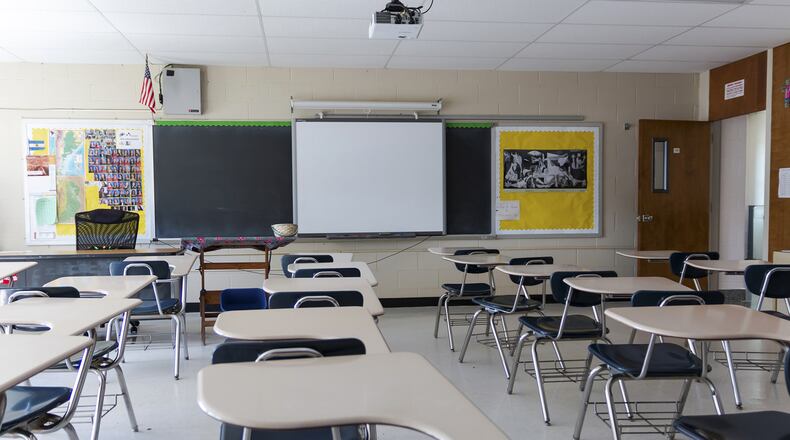The pandemic slowed student learning and schools and families are eager to see academic improvement as quickly as possible. Access to trained school counselors can help students succeed in their classes, but there are too few counselors supporting too many kids with too varied challenges.
This problem predates the pandemic, and conditions have only worsened. The national student-to-counselor ratio last year was 408 to 1, significantly higher than the American School Counselor Association’s recommendation of 250 to 1. These counselors are being asked to serve as class schedulers, test administrators, career coaches, social workers and even lunch monitors. All the while, students’ needs are not being met as the child and adolescent mental health crisis has been declared a national emergency.
Districts are often told the fix lies in simply hiring more counselors, but getting to a real solution requires a more nuanced understanding of the problem. The work my colleagues and I have done with more than 100 school districts and state agencies has led to a three-pronged approach to supporting students’ mental health.
First, it’s critical for districts to understand what services they need from a counselor. Hiring someone to support emotional crises is different from hiring someone to help students find the right college or career pathway, for example. Getting clear on staffing levels and students’ needs is essential before hiring anyone.
Districts should then establish firm guidelines to ensure mental health staff spend their time working on tasks that require their expertise, rather than the hodgepodge of activities they are often pulled into.
Once districts disentangle their support staff, they may realize they already have what they need — or, at the very least, will be clear about the hole they need to fill.
Second, districts need to engage in community partnerships. With just 8% of districts meeting the 500-students-per-counselor ratio recommended by the National Association of School Psychologists, there’s no way to hire enough mental health professionals outright. Creating partnerships with local mental health professionals can provide much-needed capacity, and by including local organizations attuned to a community, schools can better meet students’ needs.
Third, districts should consider telehealth services. It’s rare for one or even several community partners to be able to meet the mental health services needs of an entire district. We recently worked with a large district that hired additional counselors, embraced community partnerships and still found it wasn’t enough to meet the increased demand . Implementing a telehealth option enabled them to scale up quickly to better meet students’ needs.
The key was prioritizing family communication, in multiple languages, to help parents better understand teletherapy. The district can now serve additional students during and after school hours and without the need for families to drive their children across town for an appointment.
This story comes from our partner, The 74. The 74 is an independent, nonprofit national education news website dedicated to covering issues affecting America’s 74 million children. Visit them online at The74Million.org.
About the Author
Keep Reading
The Latest
Featured

